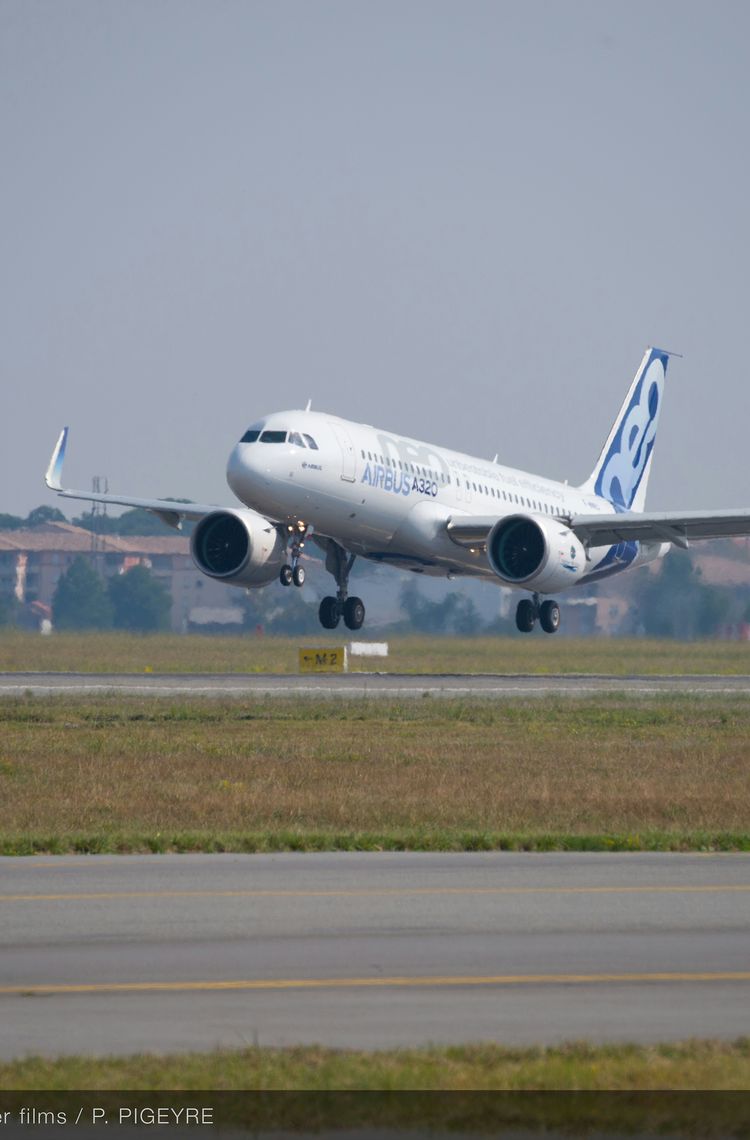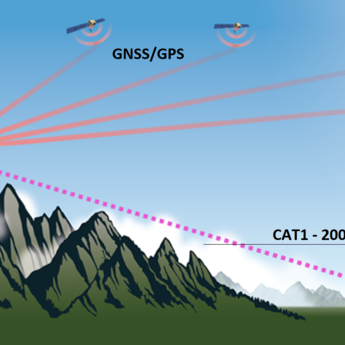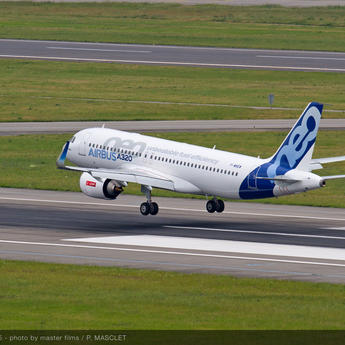Explore our services
xLS expands the ILS operational benefits
ILS look-alike interface
Airbus fosters the xLS functions concept to fly all published straight approach procedures. Each xLS approach function is driven by the ILS look-alike concept as follows:
• The HMI (messages, symbols, alerts, colour, interaction means) mimics the ILS one, e.g. Angular magenta deviations on PFD
• The guidance reuses G/S꘡LOC laws and logics fed with angular deviations
• The flying technique is unchanged (same behaviour of deviation cues, similar FMA modes)
• The Standard Operating Procedures (SOP) are similar
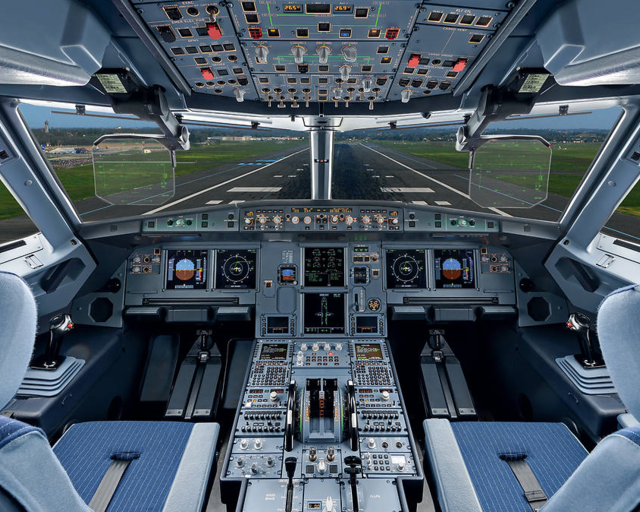

FMS Landing System (FLS)
During the A380's development, Airbus introduced FLS (FMS Landing System), which provides an xLS solution for Non Precision Approaches with Baro-VNAV guidance. Thanks to FLS, Non Precision Approaches are conducted in a similar manner as Precision Approaches.
FLS function benefits:
- Pilot training limited to level A
- Vertical profile corrected from low temperature. No limitation in cold temperature conditions
- No need for ground infrastructure
- FLS option is compatible with RNP AR option.
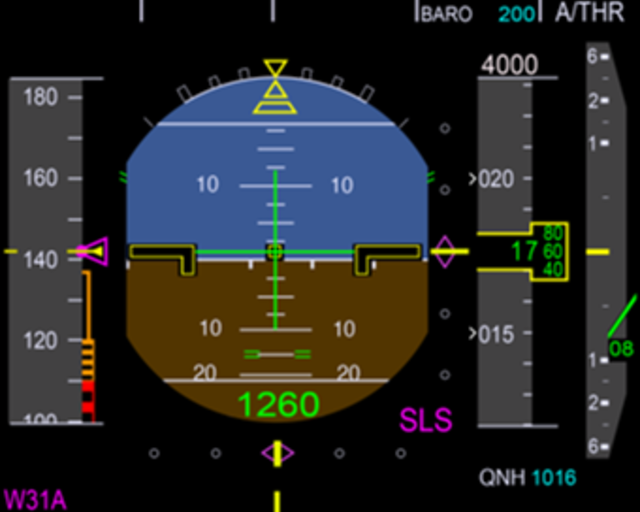

SLS (SBAS Landing System)
This function enables pilots to perform ‘straight-in’ approaches using satellite positioning into airports, even in low-visibility conditions. SLS first entered into service in Europe with the A350 in 2015 after Airbus pioneered its development and introduced it for CAT1 approaches.
SLS function benefits:
- Pilot training limited to level A
- Provides geometrical vertical guidance. No issue with QNH setting error
- Minima equivalent to CAT I ILS: down to 200 ft
- No need for ground infrastructure
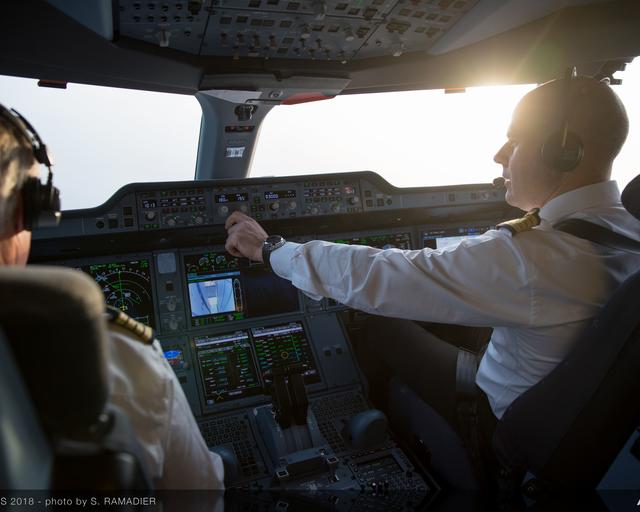

GLS (GBAS Landing System)
The technical enabler of GBAS Landing function (GLS) is composed of GNSS position but also GBAS Ground-based Augmentation System which provides via VHF link the pseudo-range corrections & reference path parameters from the signal transmitted by the ground station.
GLS benefits:
- No specific additional training requirement for pilots
- Ground infrastructure requires less maintenance & flight tests than ILS
- One single GBAS station provides precision approaches to all runways
